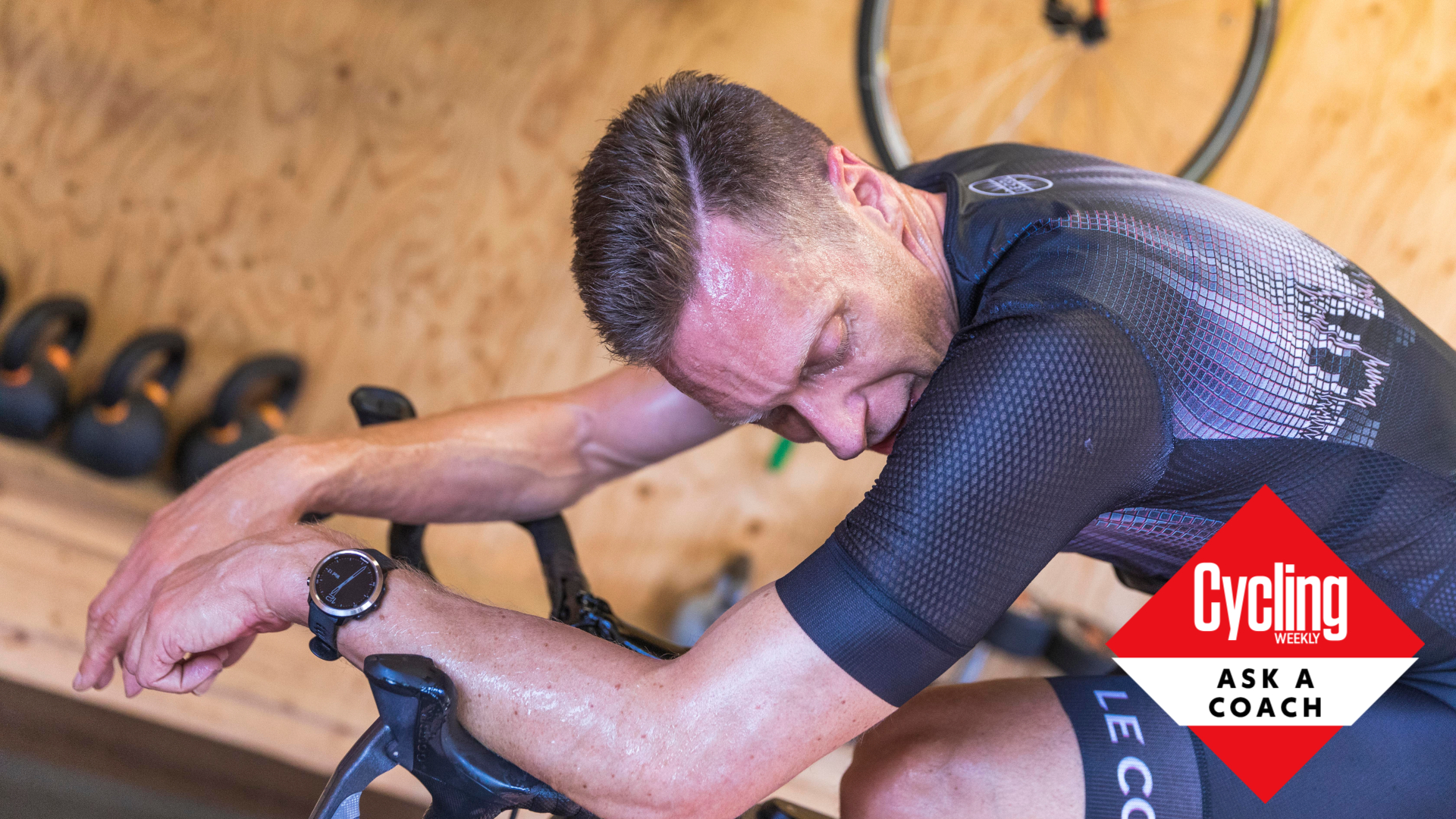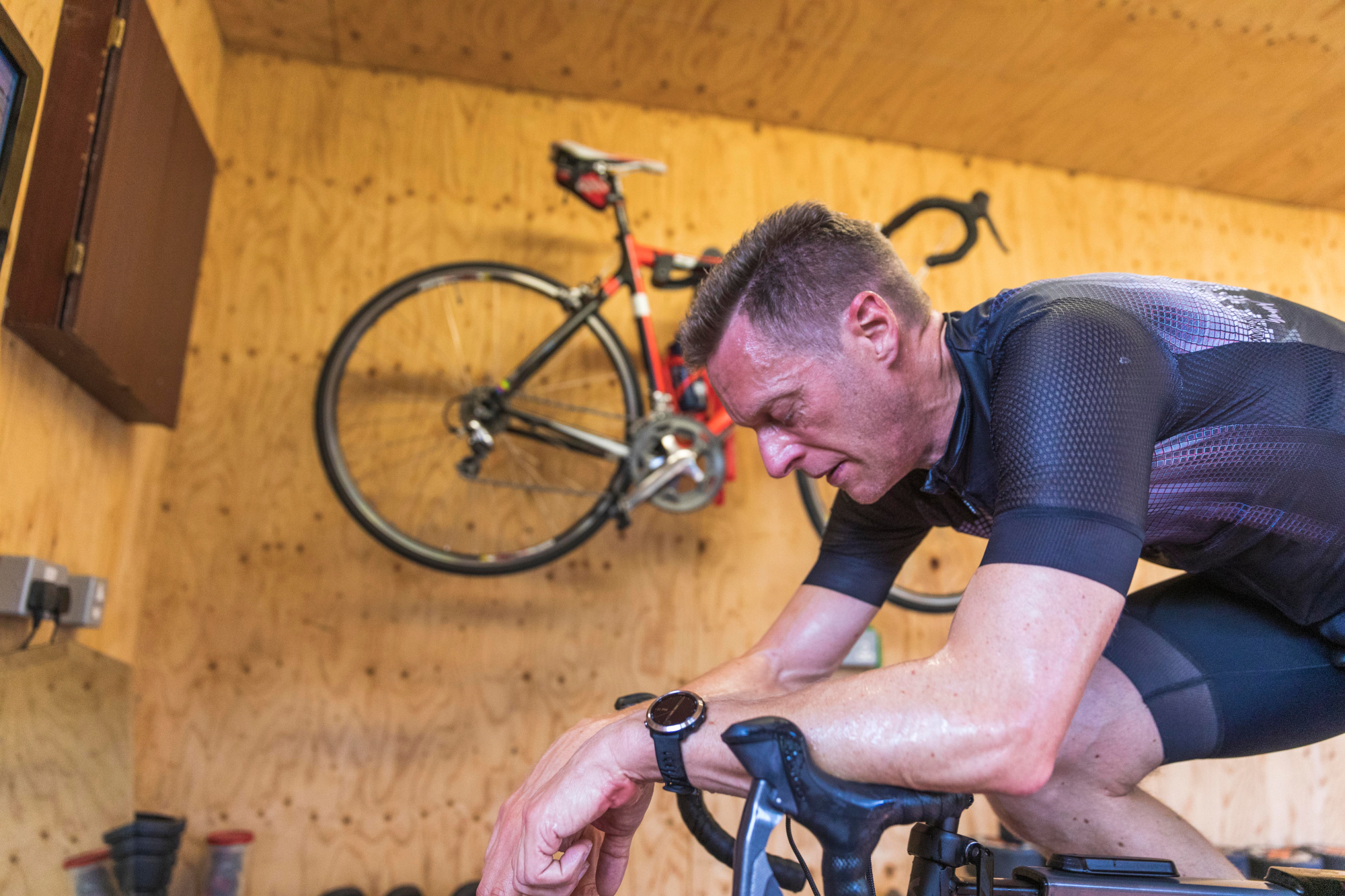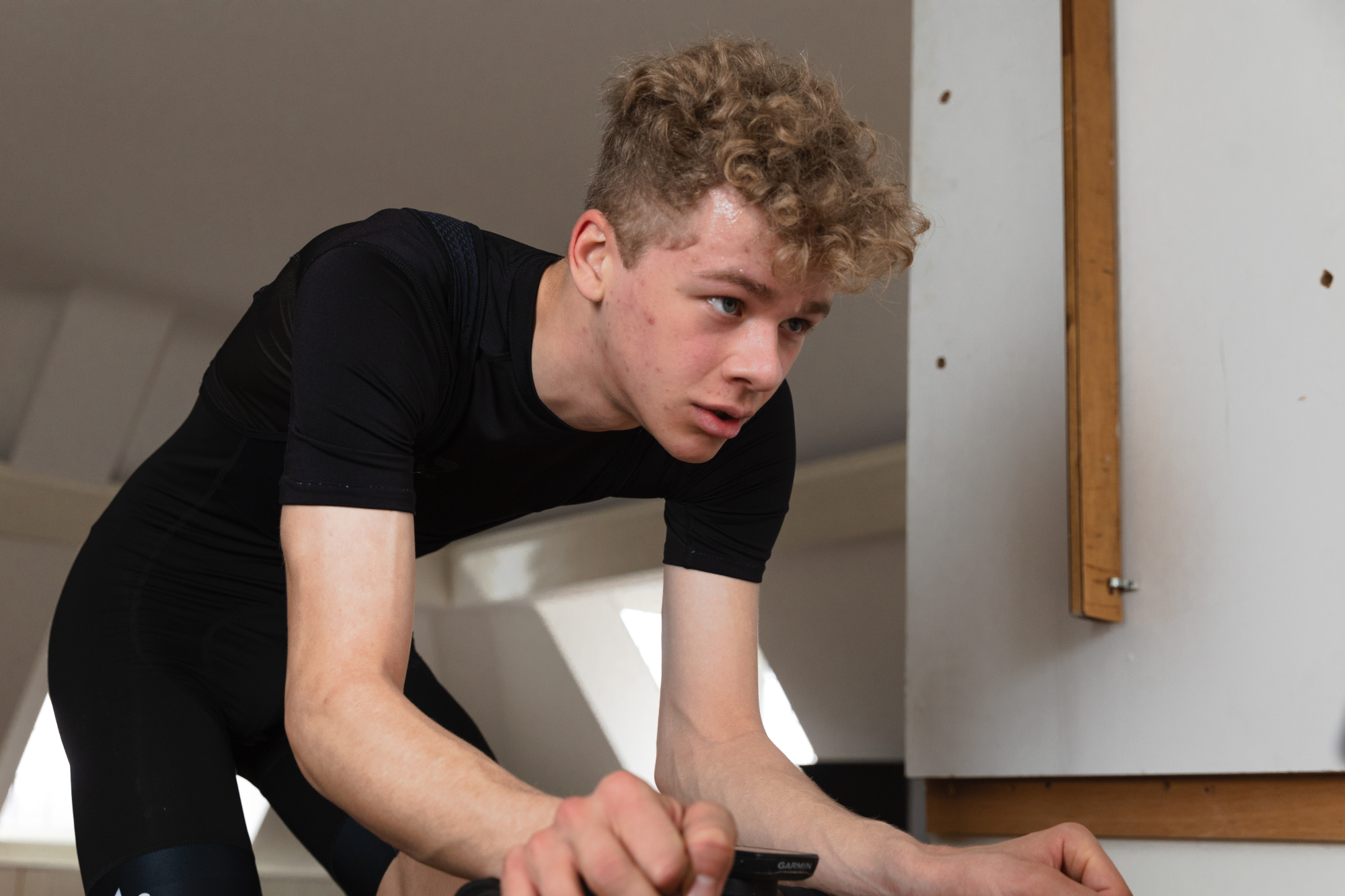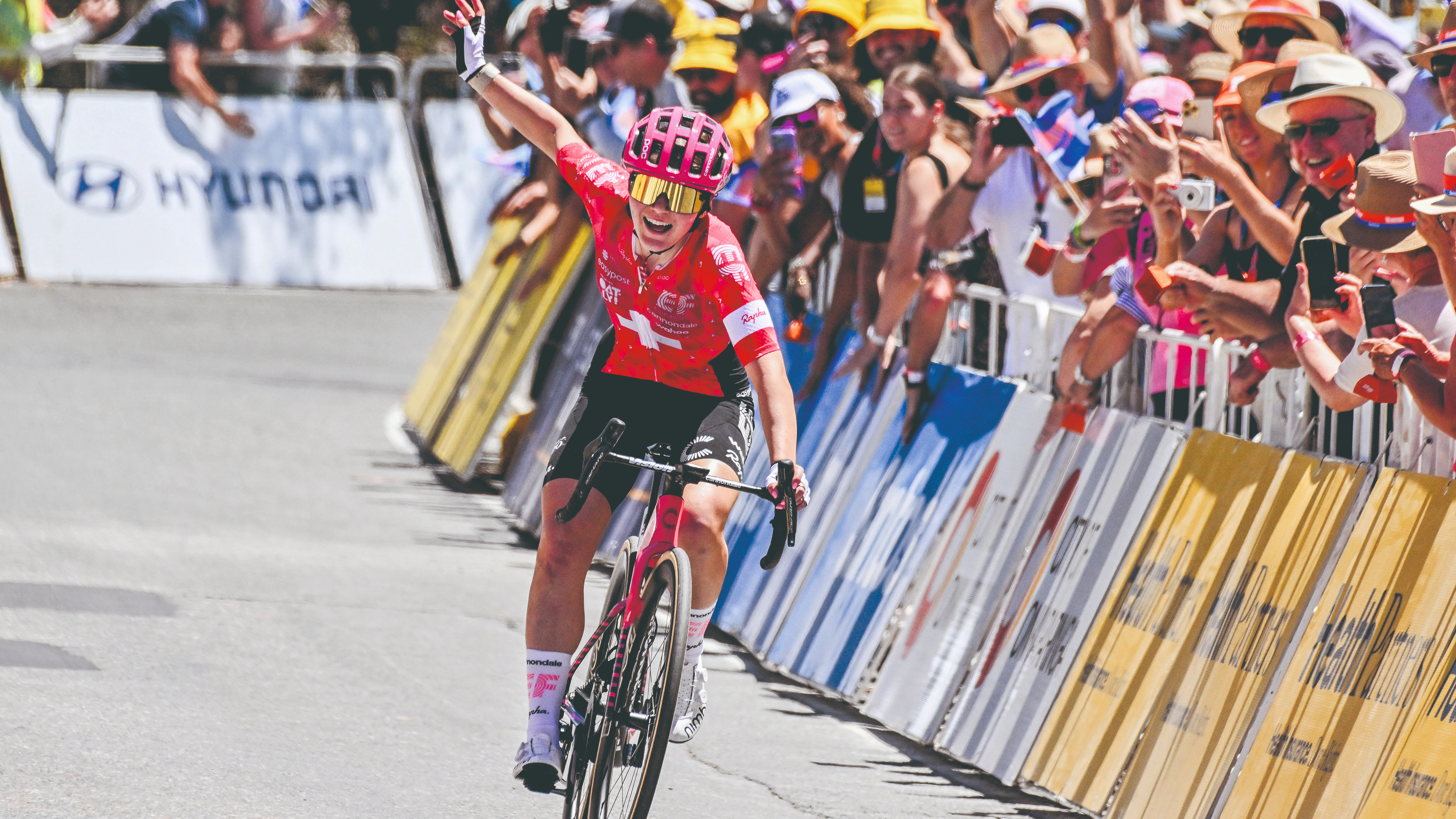Ask a coach: ‘How fit can I get training just on feel – or only with a heart rate monitor?’
Power meters are expensive – how much progression can you expect to make when training on a budget?


We all know that power meters can be highly potent training tools. But although prices have come down in recent years, getting one still represents a pretty hefty investment that not all of us are prepared to make.
But are riders who stick with the tried, tested (and cheap!) methods of tracking their efforts – such as Rate of Perceived Exertion (RPE) and heart rate monitors – really at such a disadvantage?
For maximum accuracy and insight, James Spragg is a strong proponent of using the trifecta of internal (heart rate), subjective (RPE) and external (power output) measures to guide the training process.
Here he discusses how far you can really get by eschewing power meters and using just internal and subjective measures – the results might surprise you…

Sports scientist and coach James Spragg is one of the experts who will be answering your questions in Cycling Weekly's ASK A CYCLING COACH series which comes out every Wednesday. Working both in research and applied settings, he currently runs Intercept Performance Consultancy.
A power meter tells you how much propulsive force you are producing – while the other measures tell you how you are experiencing that level of effort. Without an external measure (power), it can be difficult to see if you are actually performing better (or not). Let’s take the example of a 10-mile TT, if you aren’t measuring power output it is very difficult to know if any improvements in time were due to an improvement in your form or better conditions on the night. On the other side of the coin; Were you not going as well or was it just a slow night?.
The same applies when trying to monitor if your training is working. If you can produce more power at the same HR, or RPE, then clearly you have got fitter – this means that when you use and train with a power meter it is very easy to track improvements and see when your training is working (or not working). Without a power meter we are reliant on other factors, such as average speed, to track our progress – these factors can be heavily influenced by external factors such as environmental conditions, aerodynamics, rolling resistance, bike, and rider weight etc.
Using a power meter alongside a heart rate meter and recording RPE is, to my mind at least, the optimal approach. But do you really need one of the best power meters? Can you get fit training to feel or only using one of the best heart rate monitors?
Get The Leadout Newsletter
The latest race content, interviews, features, reviews and expert buying guides, direct to your inbox!
The quick answer is – of course, you can. Athletes in other sports where power output measurement is not available still improve their fitness, and the best athlete still produce world-class performances.
So, while it is clearly possible to train without a power meter there are some challenges that you might face when only using HR or RPE.
Heart rate

The major issue with HR is that it takes a little bit of time to respond. When you start a hard effort, it can take up to a few minutes for your HR to come up and stabilise. The more fatigued you are, the longer it will take HR to respond to a change in exercise intensity. This can mean that it can be quite difficult to use HR to pace a short hard effort (~<3mins) – you might almost be finished with the effort by the time you reach your target HR.
HR is most useful in longer efforts and endurance rides where what we call a ‘steady-state’ is achieved. All this means is that we expect the physiological response to exercise to be consistent across a longer (>20-30min) period of time.
RPE

Using RPE is a very easy and useful way to train. Even with professional athletes I will often use RPE to prescribe training, especially early in the season where fitness is improving quickly. The benefit of this approach is that we don’t need to take time out of training to do any sort of testing. If an athlete rides at 5/10 RPE then, as they get fitter, they will naturally produce more and more power for the same level of effort.
However, RPE values don’t always align with the underlying physiology – so it can be tricky to use targeting specific components of fitness. For example, if you ride at 8/10 it might be either above or below threshold power.
However, RPE does work well in those times where you are training well and progressing quickly. It will automatically adjust as you get fitter and will allow you to pace shorter efforts than when using HR alone.
In conclusion – yes of course you can still improve without riding and training with a power meter. Is it the optimal solution when performance is all that matters? No. But if you are looking to ride your bike and get a bit fitter then using a combination of HR and RPE will be absolutely fine.
In this age of online training plans and workouts, do you ever find yourself with a burning question you’d like to directly ask a cycling coach? Well, now is your chance to ask away! In this series, we’ll be putting your questions to expert coaches – send them in to CW's Fitness Features Editor at anna.abram@futurenet.com.

Thank you for reading 20 articles this month* Join now for unlimited access
Enjoy your first month for just £1 / $1 / €1
*Read 5 free articles per month without a subscription

Join now for unlimited access
Try first month for just £1 / $1 / €1
James Spragg is a sports scientist and coach, working both in research and applied settings. When not working with athletes James can be found skiing, climbing, cycling or drinking coffee!
Alongside Dan Lorang and Peter Leo, James runs Intercept Performance Consultancy. Over the last 8 years in various roles, as coaches, performance consultants, performance managers, and sports scientists, Dan, James and Peter have played a role in helping athletes achieve more than 10 World Championship titles, several Olympics medals (including a Gold and Silver Medal in Tokyo 2020) and several Top 5 results in some of the biggest sporting events on the planet (Tour de France, Olympics, World and European Championships). Our single focus is on improving performance in all settings.
-
 How do the pros train? Noemi Rüegg's 26 hour training week
How do the pros train? Noemi Rüegg's 26 hour training weekWinner of this year’s Tour Down Under, the EF Education-Oatly rider is a climber whose talent is taking her to the top
By Chris Marshall-Bell
-
 Save £42 on the same tyres that Mathieu Van de Poel won Paris-Roubaix on, this Easter weekend
Save £42 on the same tyres that Mathieu Van de Poel won Paris-Roubaix on, this Easter weekendDeals Its rare that Pirelli P-Zero Race TLR RS can be found on sale, and certainly not with a whopping 25% discount, grab a pair this weekend before they go...
By Matt Ischt-Barnard